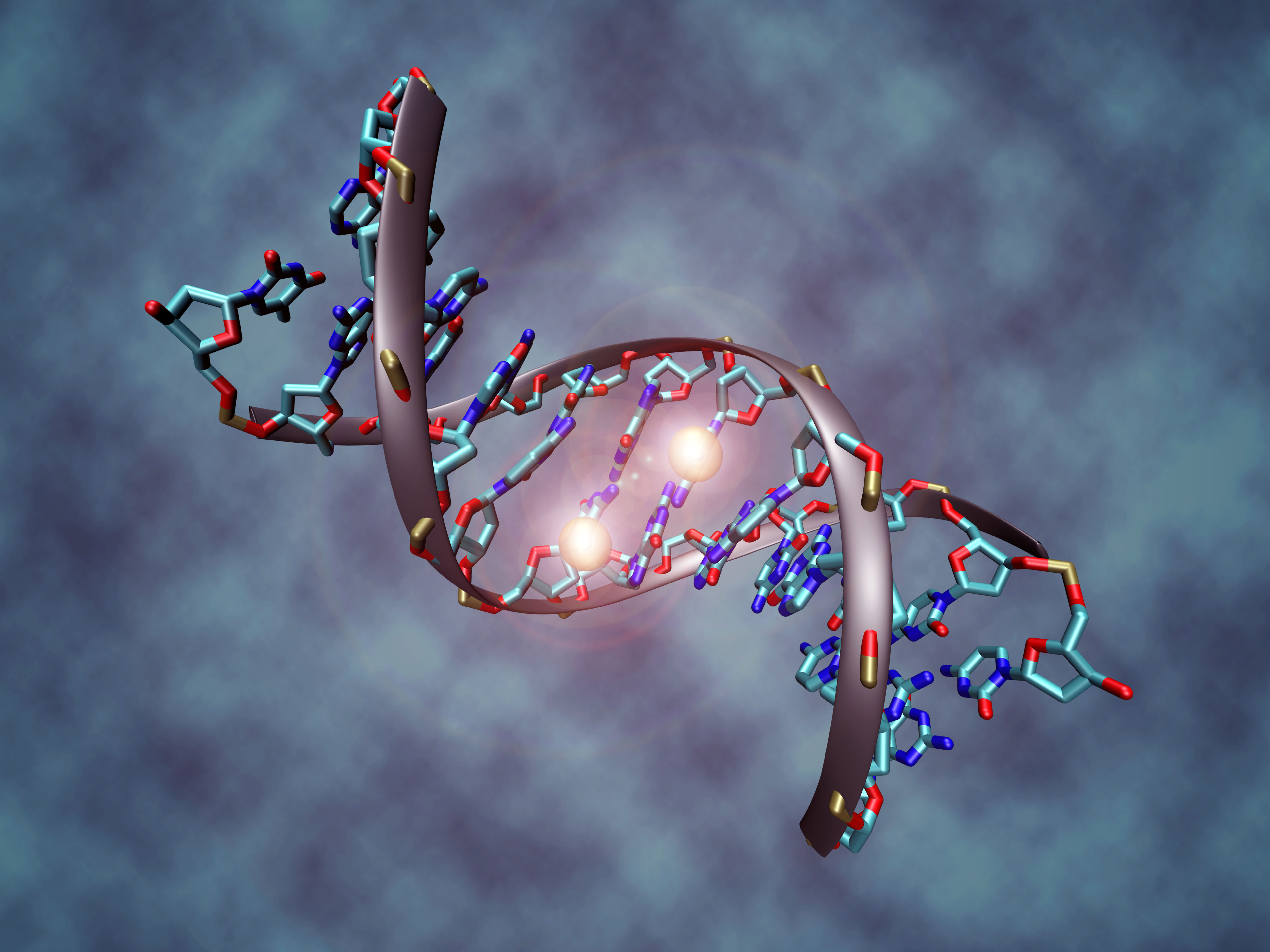Leftie or rightie? Do not turn to your brain for answers

What determines being left or right handed? As a scientific question might seem irrelevant, but actually handedness is a good example of a brain phenomenon called lateralization which basically refers to the location of certain brain activities in one brain hemisphere or the other (for example, language areas are located in the left hemisphere). There is evidence for genetic factors playing a determining role in lateralization. What’s more, this asymmetric gene expression is supposed to already be taking place during fetal development. However, a number of questions were still unanswered like how it is possible that in fetuses, where the motor cortex is still not functionally linked to the spinal cord, there are asymmetries in arm movements in the womb. Therefore an international group of researchers 1 set to find out whether the root of handedness did lie in the cortex or elsewhere, more specifically in the spinal cord.

Using genome-wide mRNA expression and DNA methylation in different spinal cord segments in five human fetuses they found development-dependent gene expression asymmetries. These asymmetries were epigenetically regulated, both at the level of microRNAs (miRNA, an RNA not leading directly to protein expression but with gene expression regulation function) expression and CpG methylation islands (which are regions of DNA rich in cytosine and guanidine bases, prone to be methylated thereby regulating gene expression). Based on these results, it seems that the root of lateralization might not lie in the brain after all. Moreover, the fact that this process is regulated by epigenetic changes opens a new avenue of thinking about which could be external factors mediating this process.
For clarity, epigenetics implies a higher level of gene expression regulation, and it is thought to be the intermediary between environment and the genome. What we experience, what we eat, breathe, drink leads to changes in gene expression driven by these epigenetic marks, and they seem to be more stable than previously thought, with a potential for inheritance via the germ line.
So, in short, the take home messages of this project is two-fold: on the one hand, this work proves that lateralization starts not in the brain but in the spinal cord already during development, and, on the other hand, that this asymmetry is driven by differential gene expression, in turn produced by asymmetric epigenetic modifications to the genome. Most importantly, it shows that there is an environmental component playing a role in it, now the remaining question is what exactly drives it? Maternal nutrition, stress, immunological factors…? As so often in science, an answer brings up more and new questions.
References
- Ocklenburg S, Schmitz J, Moinfar Z, Moser D, Klose R, Lor S, Kunz G, Tegenthoff M, Faustmann P, Francks C, Epplen JT, Kumsta R, Güntürkün O. Epigenetic regulation of lateralized fetal spinal gene expression underlies hemispheric asymmetries. eLife 2017 Feb 1;6. pii: e22784. doi: 10.7554/eLife.22784 ↩